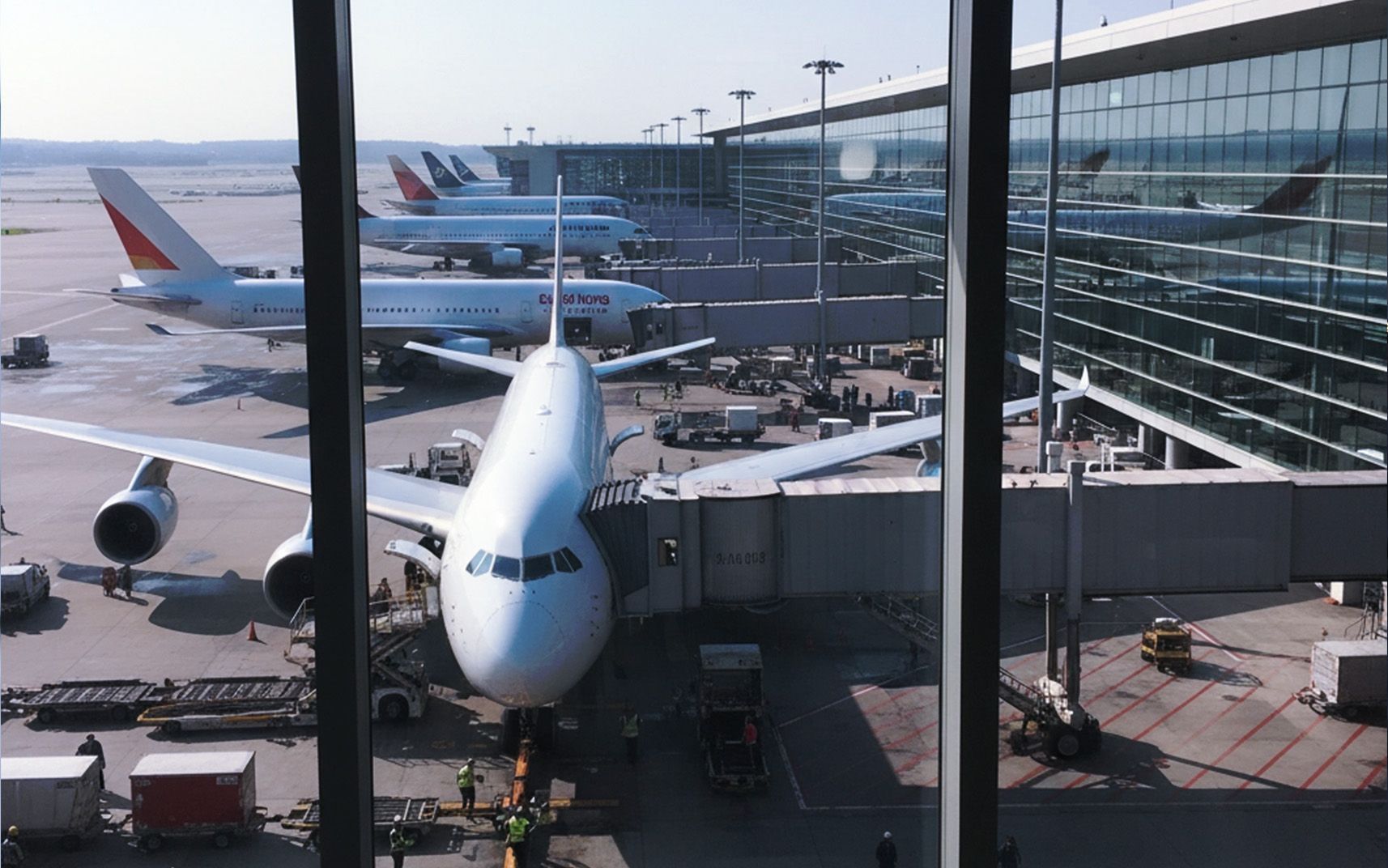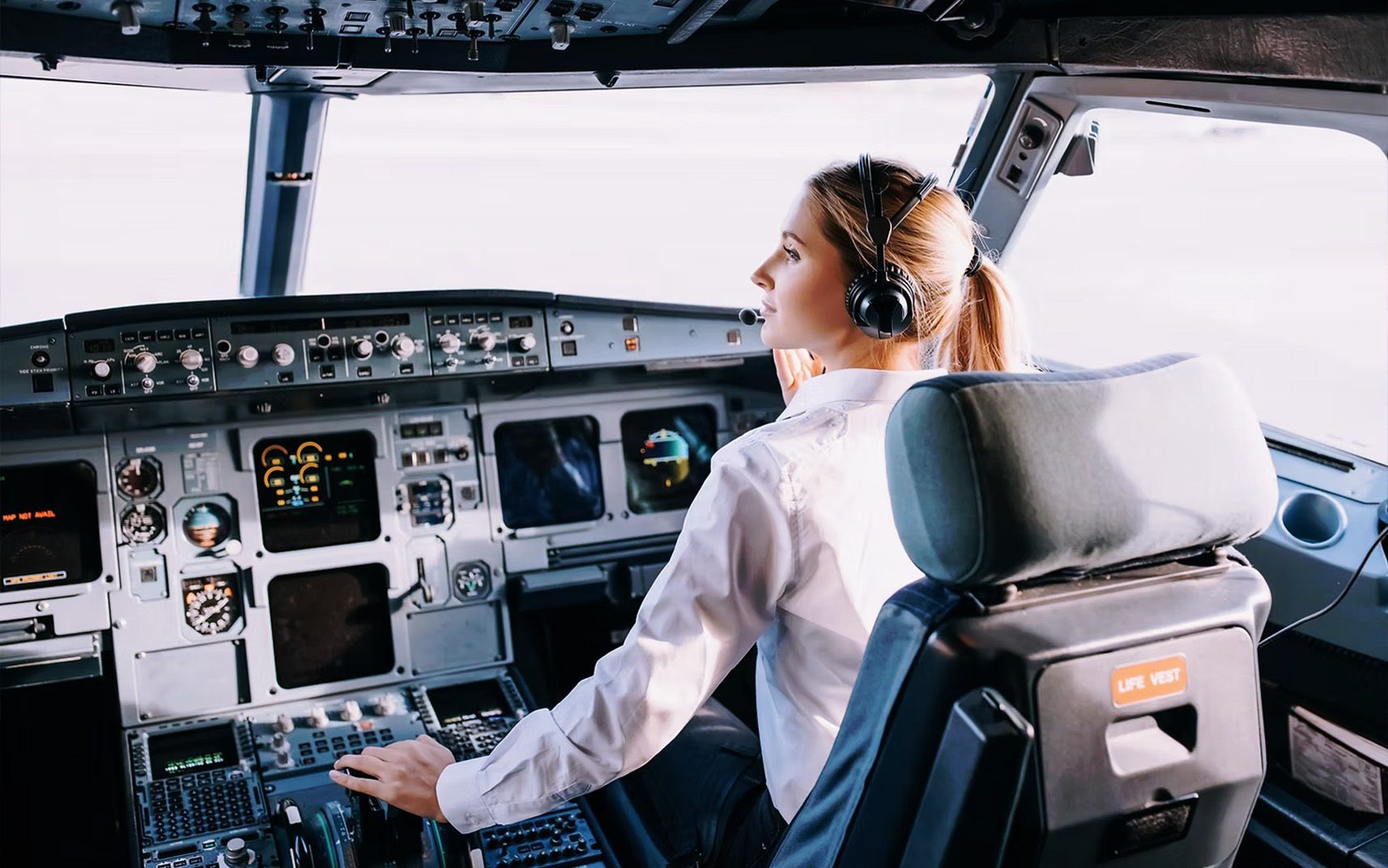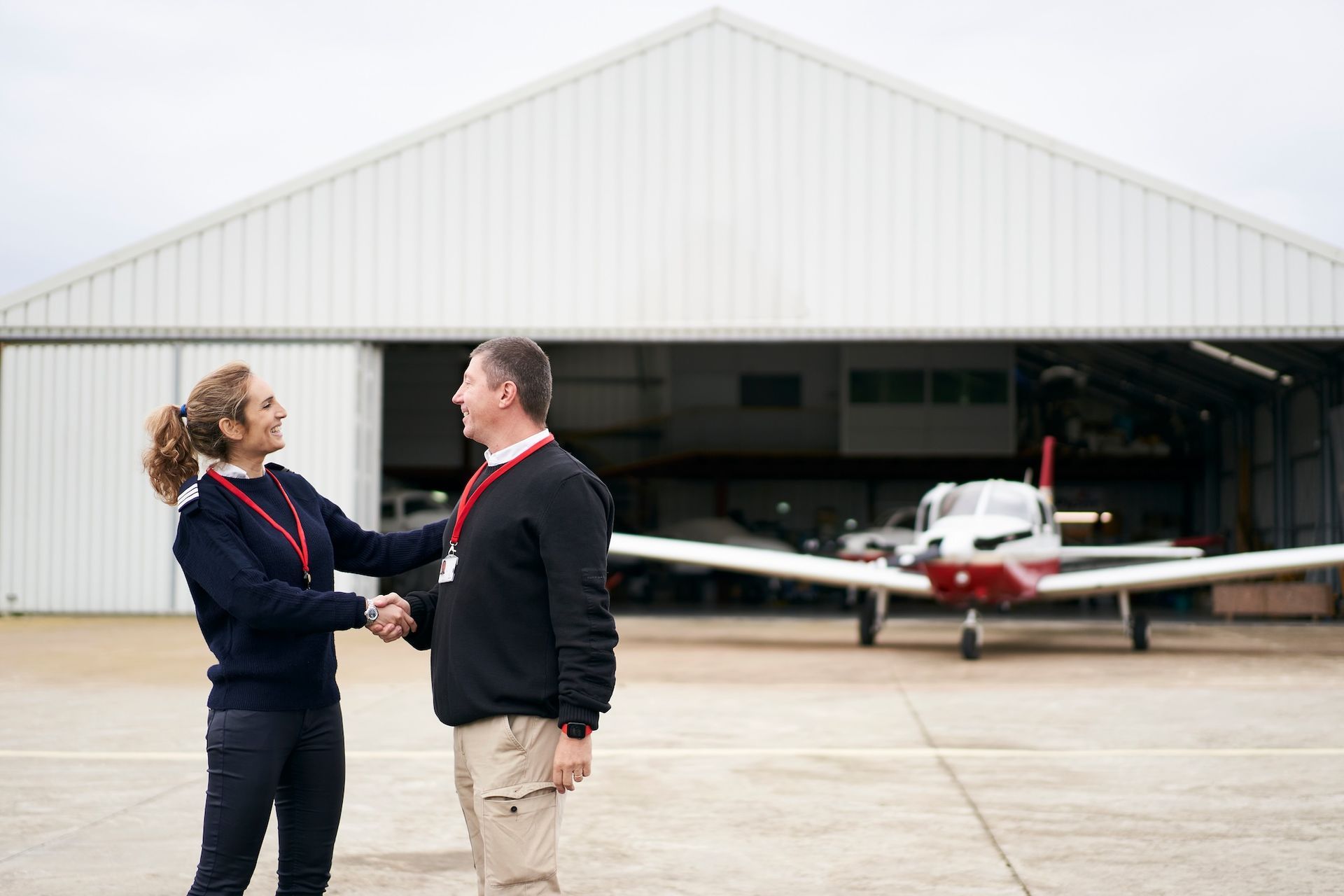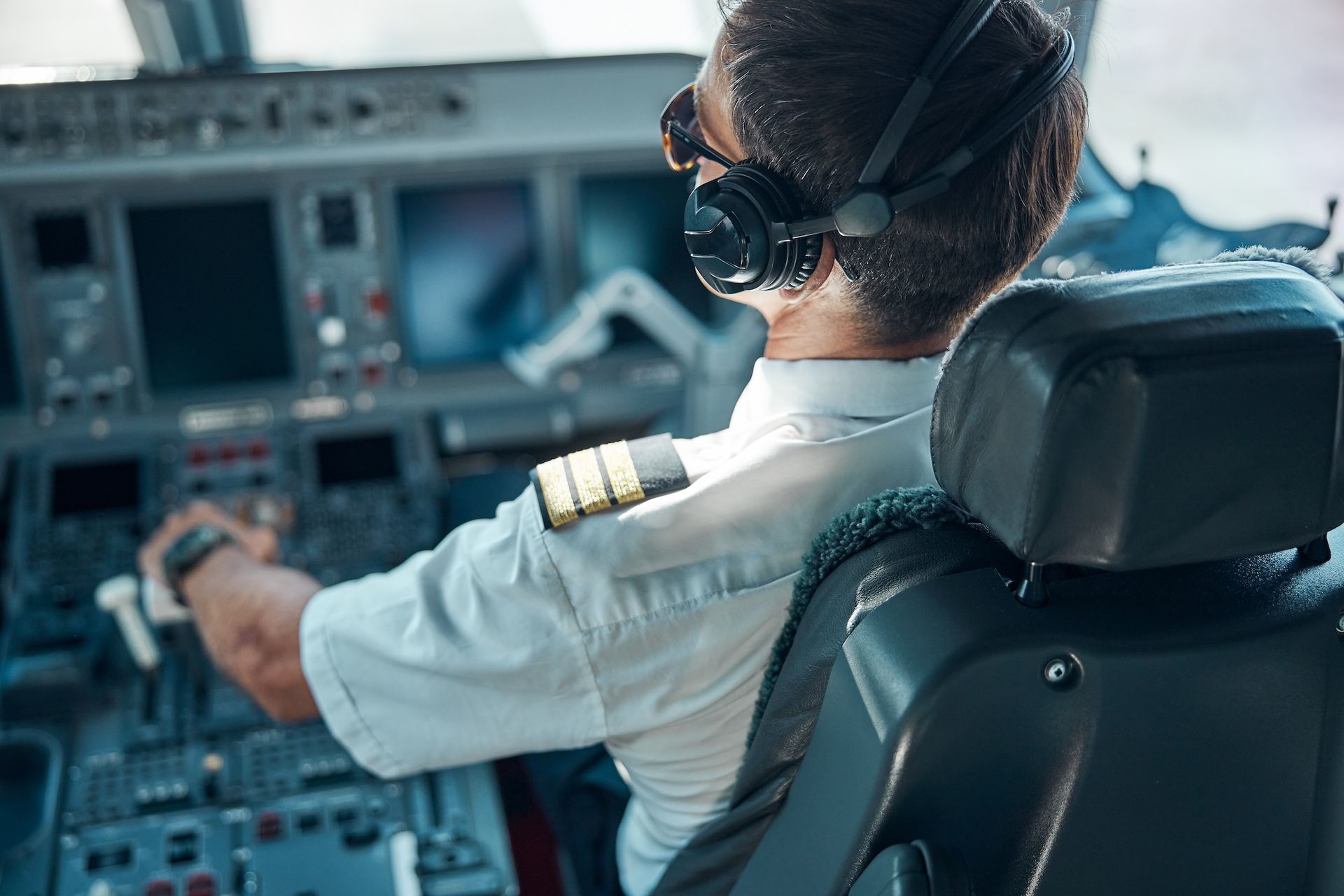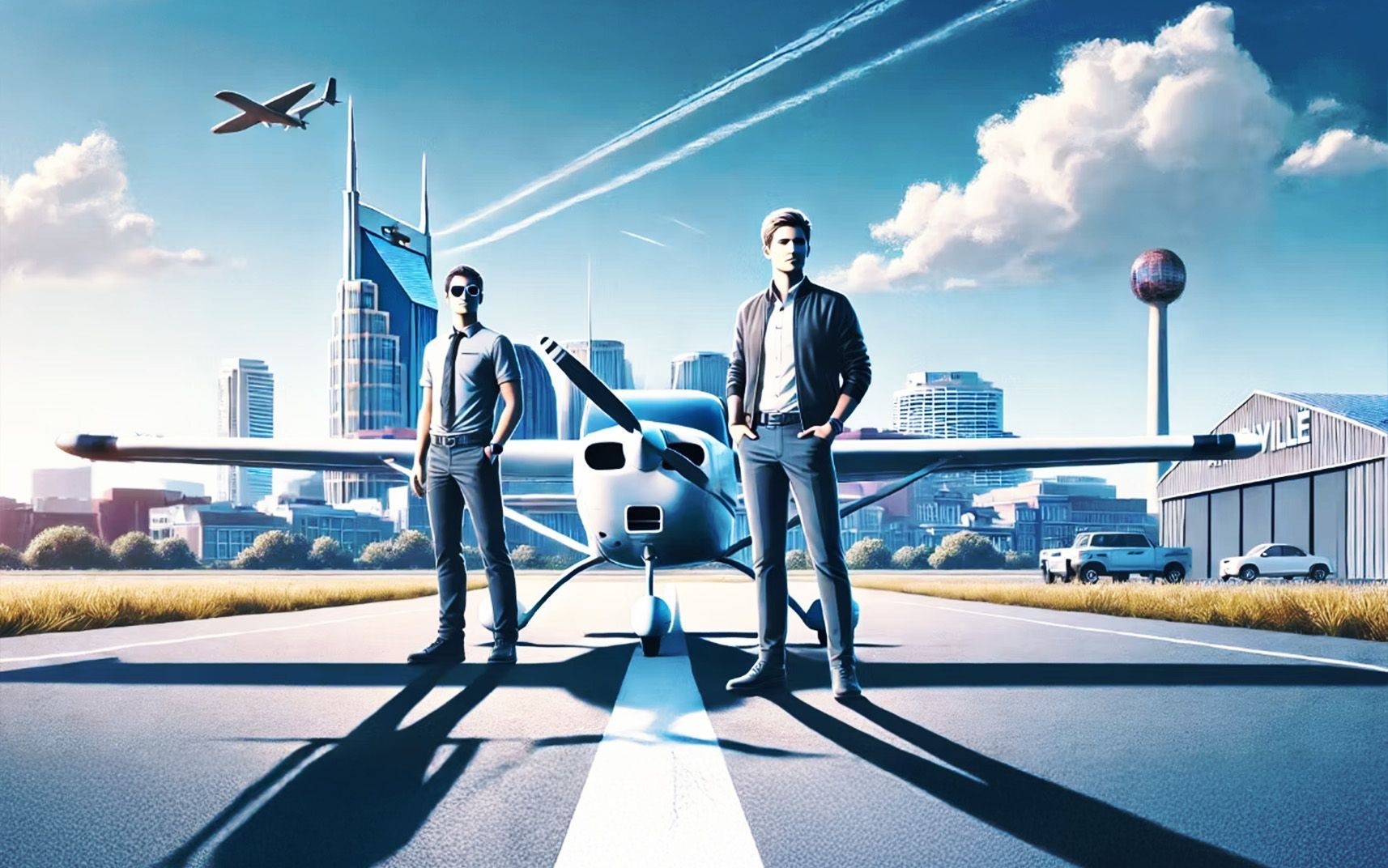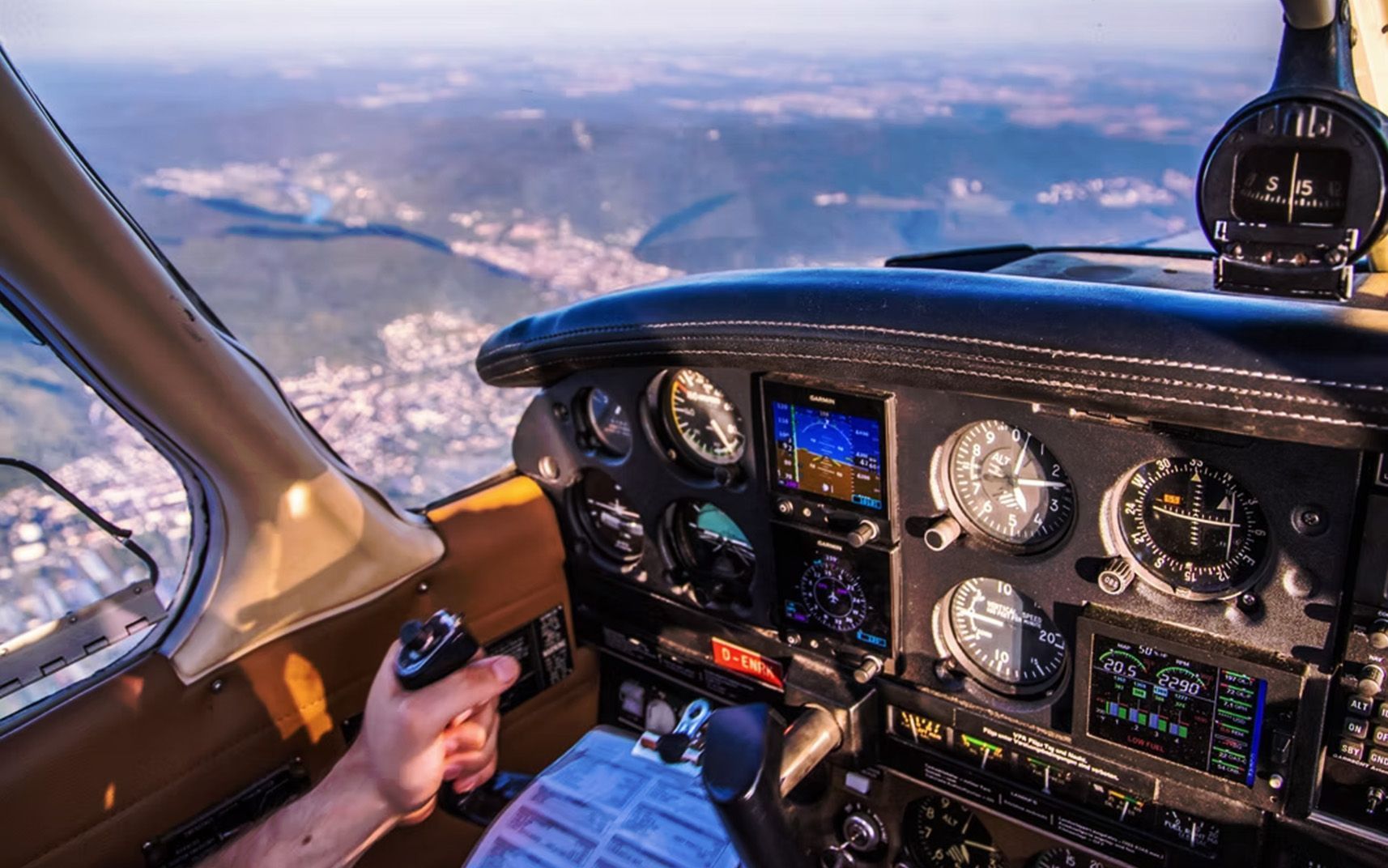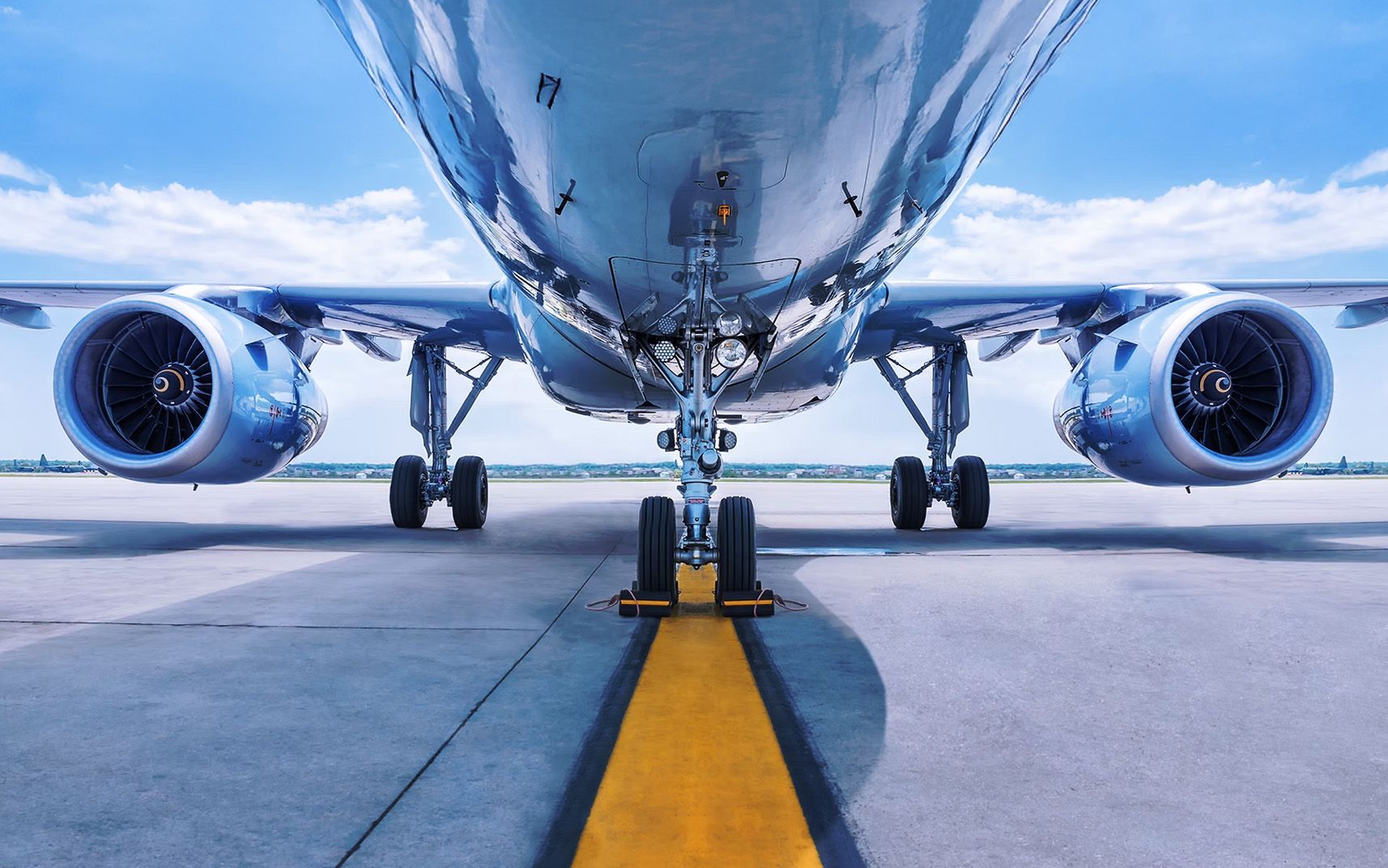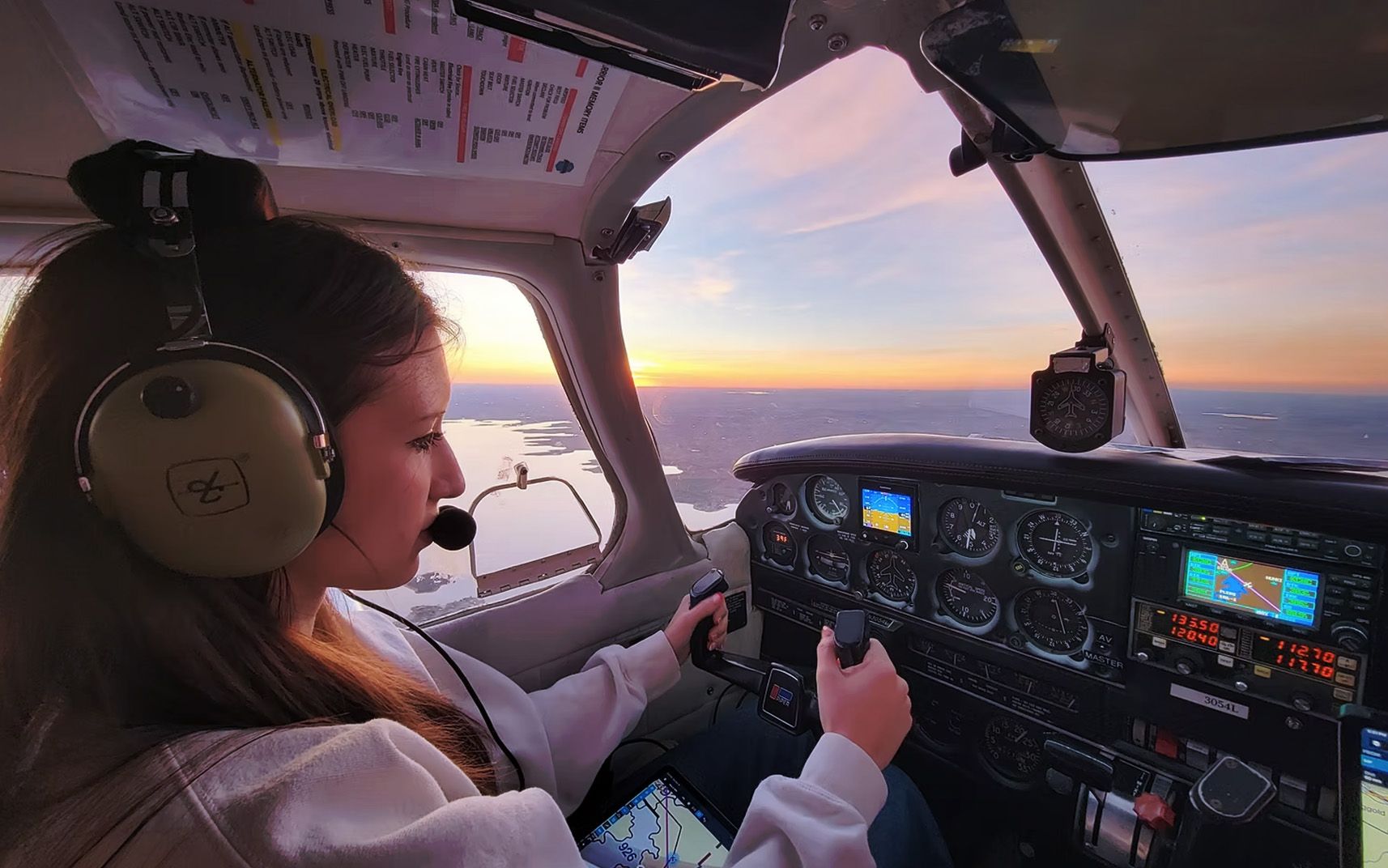How Long Does It Take to Become a Pilot? Training Timeline Explained
Share this article
For many future aviators, one of the first questions they ask is straightforward: how long does it take to become a pilot? Whether you’re exploring aviation as a hobby or considering a professional career in the skies, understanding the training timeline is essential before you invest in lessons.
At Nationwide Aviation, we understand that prospective students want clarity, especially when planning financially, academically, and personally. This guide breaks down the timeline step-by-step, based on real training structures and the pace most of our students experience.
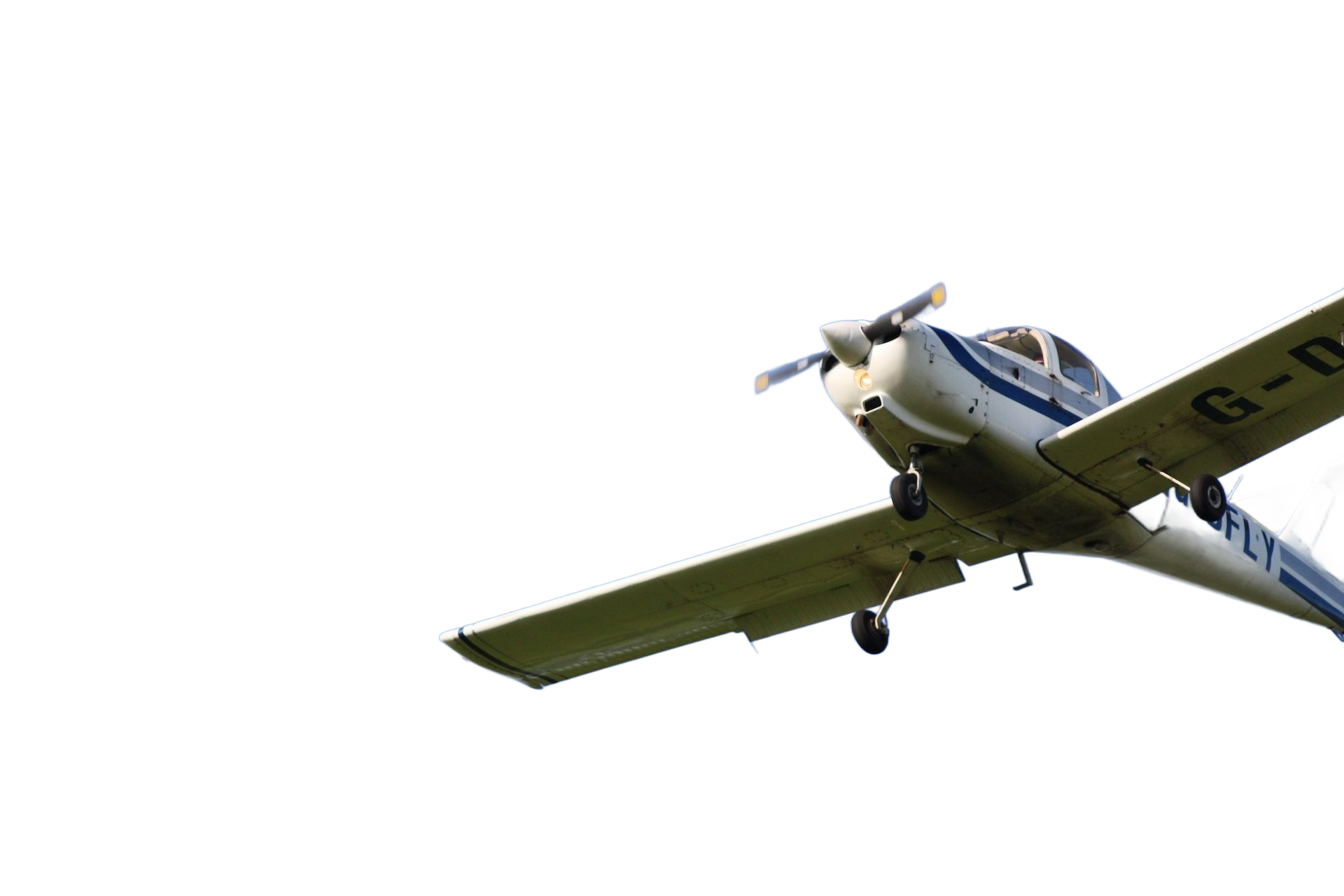
Understanding the Path to Becoming a Pilot
The journey to earning your wings varies depending on the type of pilot certification you’re pursuing: Private Pilot License (PPL), advanced ratings, or eventually flying for the airlines. According to the FAA, student pilots progress through structured phases that build skills, knowledge, and flight experience safely and efficiently.
Most students begin their aviation journey by enrolling in a reputable flight training program, such as the one offered at
Nationwide Aviation.
How Long Does It Take to Become a Pilot? Your Timeline Breakdown
When individual pace varies, here is what most Nationwide Aviation students can expect when moving through the primary phases of flight training.
Phase 1: Discovery & Enrollment (1-2 Weeks)
Before formal training begins, most students:
- Schedule a discovery flight
- Meet instructors
- Get guidance on medical certification
- Review training programs
- Understand scheduling options
This phase is brief, usually one to two weeks, and helps you confirm that flying is right for you.
Phase 2: Ground School (4-6 Weeks)
Ground school provides the foundation every pilot needs. You’ll learn:
- Aerodynamics
- Weather basics
- Aircraft systems
- FAA regulations
- Flight planning principles
This portion of the can be completed in as little as 4-6 weeks depending on your availability. Students who train consistently or full time tend to move through this phase faster.
Phase 3: Flight Training for Your Private Pilot License (PPL) (9-18 Weeks)
The Private Pilot License is the first major milestone for most aviators. According to Indeed, earning a PPL takes most students 3-6 months, depending on weather, scheduling, and flight time availability.
At Nationwide Aviation:
- Full-time students often complete the PPL in around 9 weeks
- Part-time students generally finish in about 18 weeks
This phase includes dual instruction, solo flying, cross-country flights, and demonstrating proficiency in aircraft handling.
Phase 4: Advanced Ratings & Commercial Training (6-12 Months)
If your long-term goal is flying professionally, you’ll continue into advanced training. This includes:
- Instrument Rating (IR)
- Commercial Pilot License (CPL)
- Multi-Engine Rating (optional but recommended)
- Instructor Ratings (CFI, CFII) if you want to build time professionally
The timeline for this stage depends on student pace and goals. On average, it can take 6-12 months to earn the certificates needed for commercial pilot opportunities.
This path mirrors national estimates. According to
Climb the Ladder, becoming airline-qualified can take anywhere from two to several years, depending on how often you train and how quickly you build your flight hours.
Nationwide Aviation offers programs designed to help students move through training efficiently without sacrificing safety or quality.
Factors That Affect How Long Training Takes
Although our programs provide predictable timelines, there are certain factors that influence how long it takes to become a pilot, including:
1. Training Frequency
Students who fly multiple times per week progress much faster. Consistency helps build muscle memory and confidence.
2. Weather Conditions
Weather inevitably impacts training schedules. However, consistent communication with instructors helps minimize delays.
3. Student Preparedness
Studying regularly and staying engaged with ground school material accelerates flight readiness.
4. Type of Certificate or Career Path
A recreational flyer’s training timeline is shorter than someone pursuing a commercial or airline career.
5. Financial or Scheduling Flexibility
The more often you can fly, the less time you spend refreshing old skills—reducing training duration and cost.
So…How Long Does It Really Take to Become a Pilot?
Most Nationwide Aviation students earn their Private Pilot License in 9-18 weeks, depending on whether they train full-time or part-time.
If you aim to continue into commercial training, expect an additional 6-12 months on average.
Your entire journey, from your first discovery flight to being career-ready, can reasonably take under two years with focused, consistent training.
Why Choose Nationwide Aviation for Your Flight Training?
Nationwide Aviation is committed to making flight training faster, more accessible, and more personalized for each student. Here’s what sets us apart:
- Accelerated training options that keep your momentum strong
- Hands-on instruction from experienced, dedicated CFIs
- Affordable hourly rates and transparent pricing
- Flexible scheduling for part-time or full-time students
- Modern fleet and training environment designed for real-world skill building
- Two convenient locations serving Texas and Tennessee
Our mission is simple: help you become a confident, capable pilot, efficiently and safely.
Take the First Step Towards Toward Becoming a Pilot
Whether you’re just exploring the idea or ready to get started, understanding how long it takes to become a pilot is the first step. Your next step? Getting in touch with a flight school that values safety, affordability, and personalized instruction.
Learn more about our programs at
Nationwide Aviation or reach out directly to ask questions and get started! Your journey to the skies starts now.
Recent Posts
